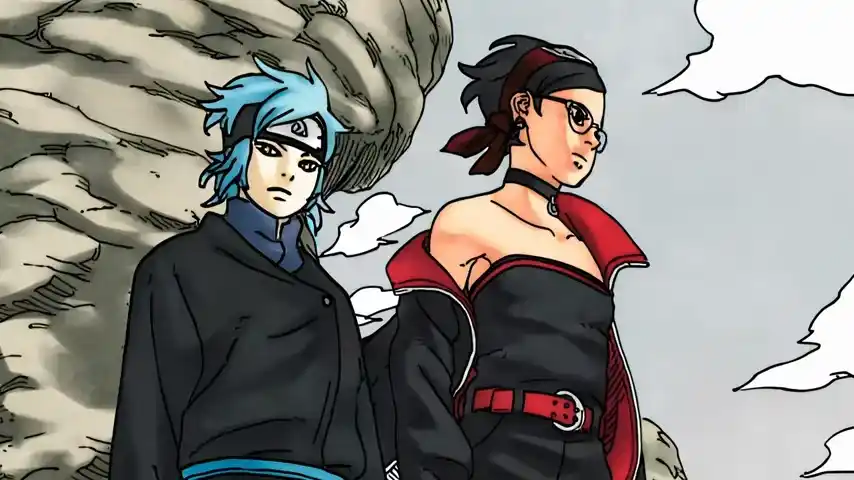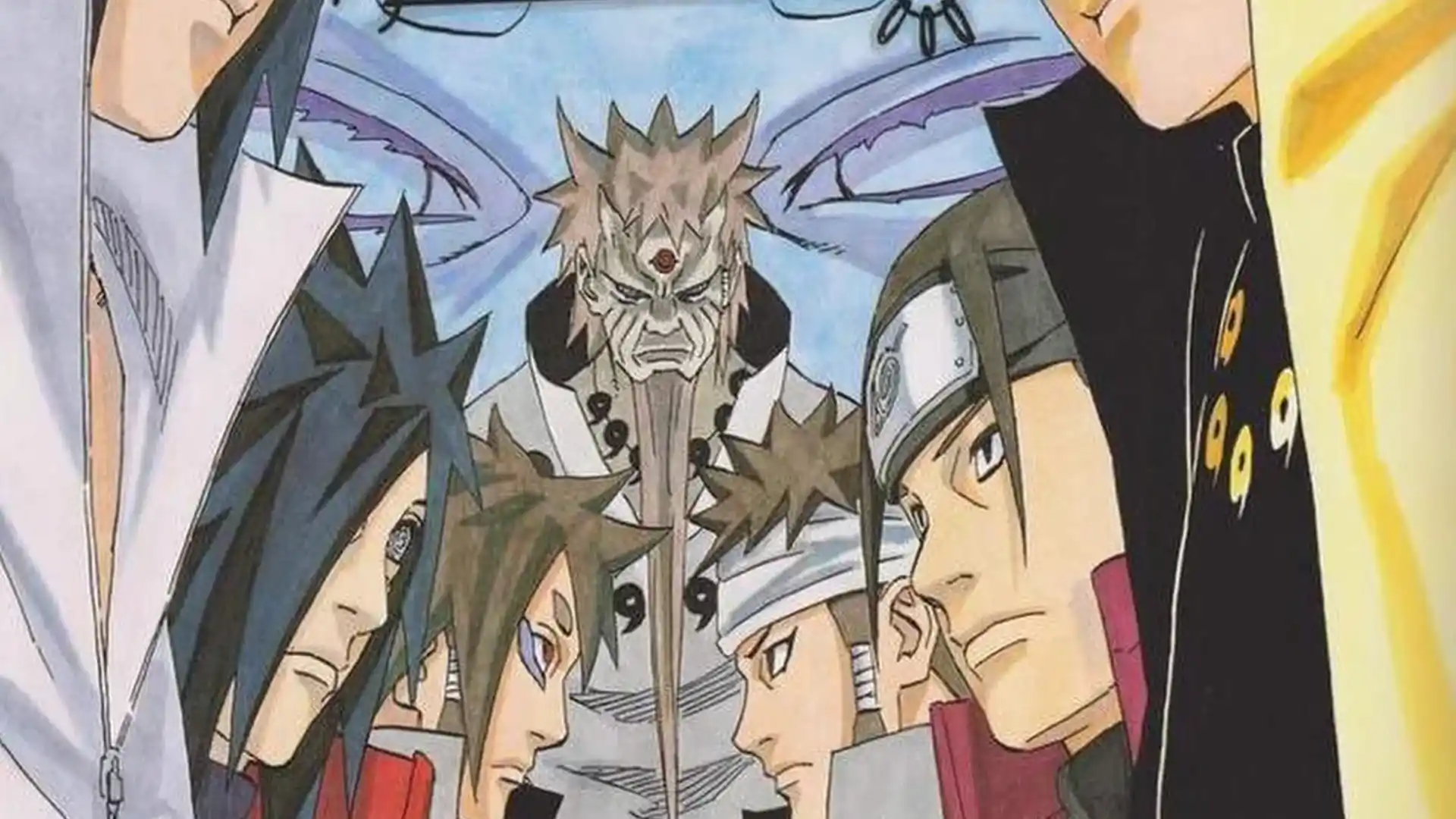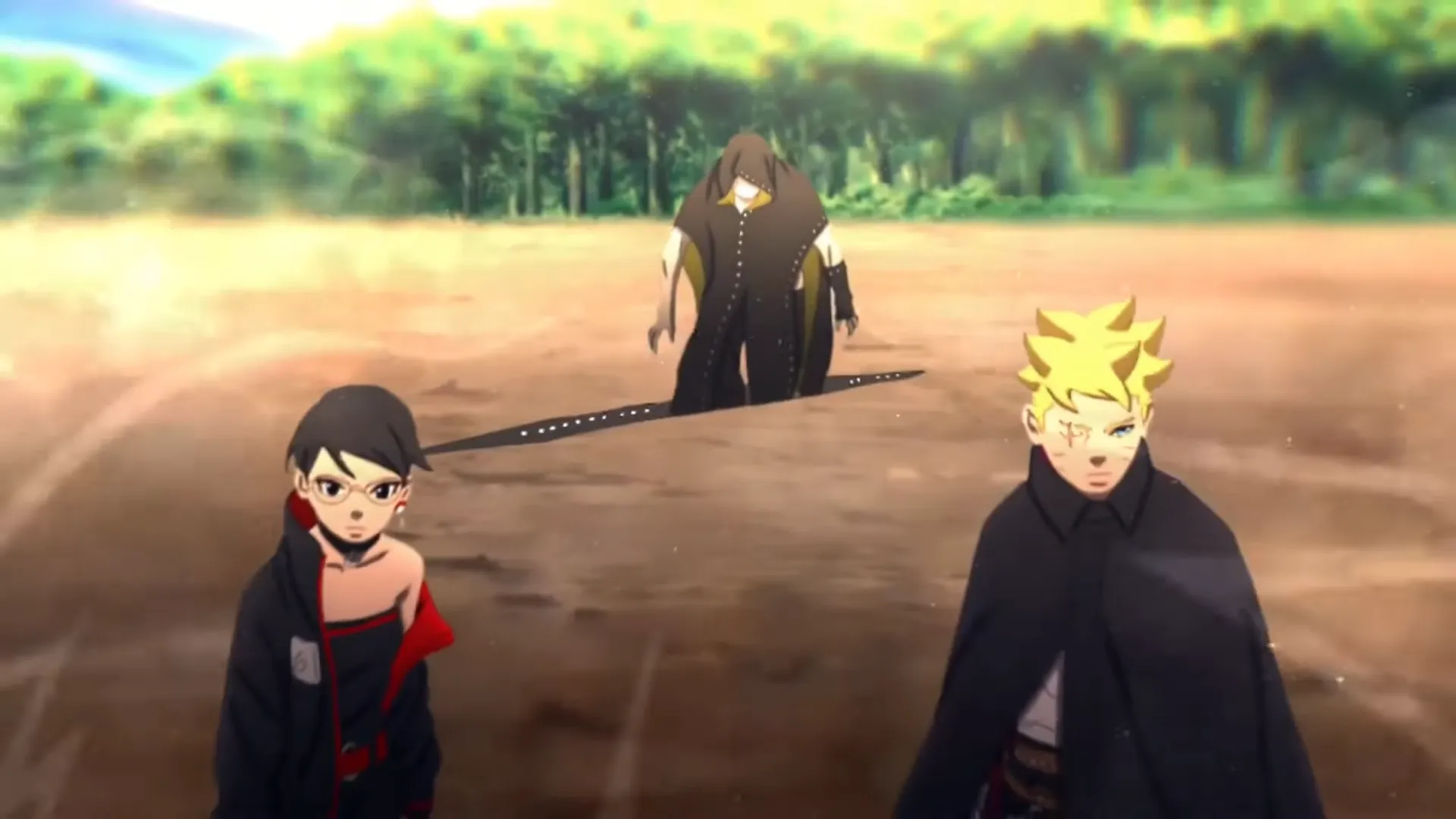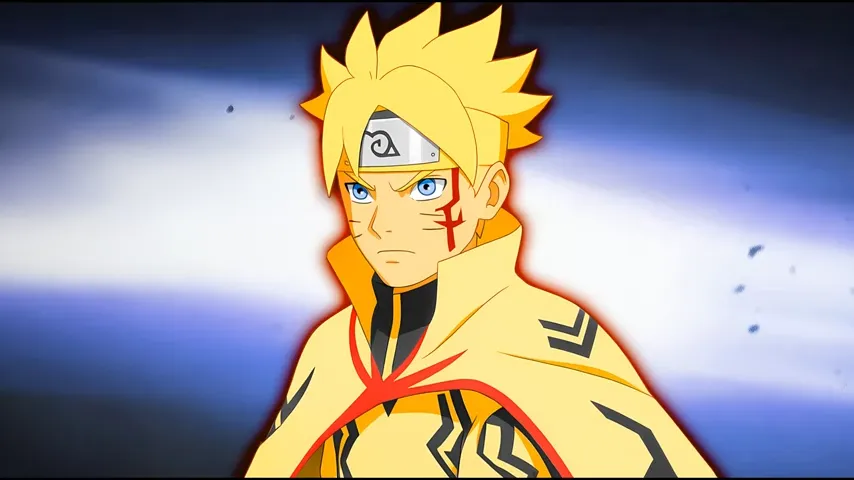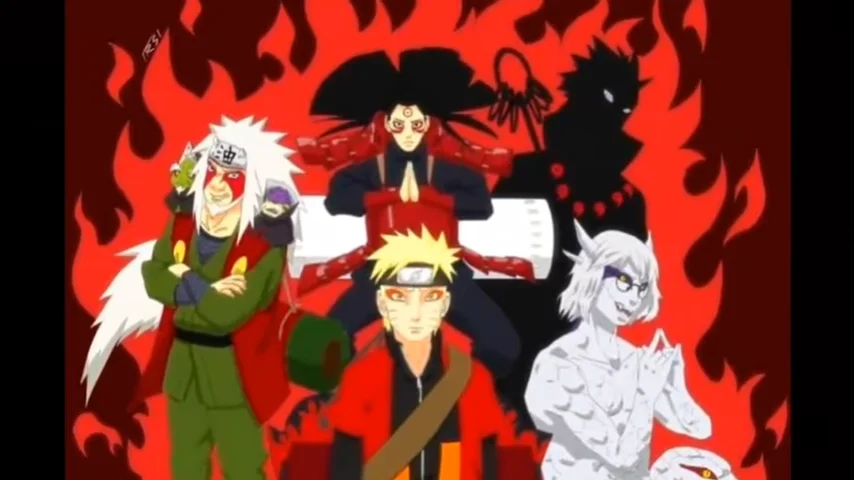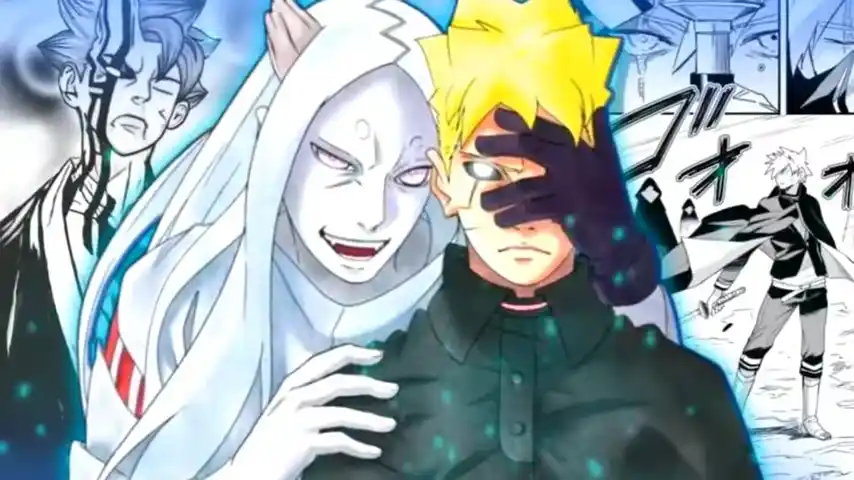Boruto Two Blue Vortex Chapter 26 Spoilers
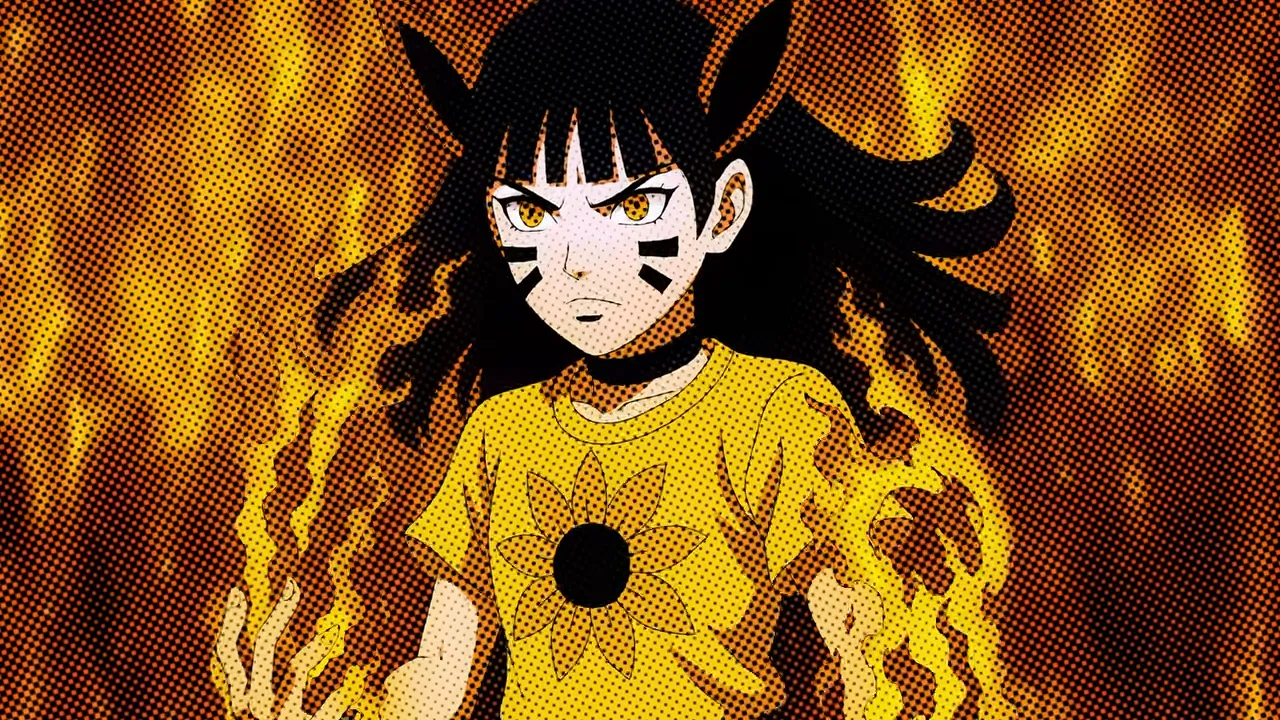
The Hidden Meaning Behind Himawari’s Honey Scene
The very first official spoilers for Boruto Two Blue Vortex Chapter 26 have dropped, and fans are buzzing with theories. At the center of attention is a seemingly simple moment: a jar of honey. While many readers rushed to connect it to Killer B and the Eight-Tails, the reality is far deeper and far more symbolic. This chapter sets the stage for Himawari Uzumaki’s true path and even hints at subtle bonds forming between her and Inojin Yamanaka.
Let’s break down everything this scene reveals — from the symbolism of honey to Himawari’s connection with Kurama, the debunked Killer B theory, and the foreshadowing of her future role.
The Calm Before the Storm: Himawari’s Training with Kurama
The scene unfolds in the Uzumaki household, a quiet refuge that contrasts with the chaos outside. Himawari, the youngest daughter of the Seventh Hokage, has been undergoing mental training with Kurama’s chakra, which now resides inside her. For more detail on Himawari’s training with Kurama and how it evolved in Chapter 25, see our breakdown in the linked article.
Unlike Naruto, who bore the burden of being Kurama’s Jinchuriki, Himawari’s connection follows a new paradigm — see our article on Kurama’s New Hosts in Two Blue Vortex for a full comparison. Both Kurama and Jura acknowledge that she isn’t treated like a vessel, but something closer — a bond that feels familial rather than forced.
It’s here that Inojin Yamanaka enters, holding a jar of honey — and with it, sparking one of the most symbolic moments of the chapter.
The Honey Gift: A Small Gesture with Big Meaning
At first glance, the honey looks like nothing more than a thoughtful treat. Himawari’s reaction, however, tells another story. She exclaims that this particular honey is “always sold out” and “super hard to find.”
Inojin brushes it off, claiming he “just happened to find it on sale.” But the rarity of the item suggests otherwise. His gesture speaks volumes: he went out of his way, put in effort, and likely spent a good deal of time tracking it down. His embarrassment and downplay of the gift only highlight how much he truly cares.
For Himawari, the honey sparks genuine joy — a moment that illuminates the room. Inojin, overwhelmed by her happiness, quickly excuses himself, leaving behind one of the most subtle yet impactful character interactions we’ve seen in Boruto’s new era.
Debunking the Killer B Theory
Naturally, some fans latched onto the bee printed on the honey jar label, theorizing it hinted at the return of Killer B, the Jinchuriki of the Eight-Tails. The theory suggests that Himawari might soon receive training from Bee.
But under closer analysis, this falls apart:
- Thematic mismatch – Himawari’s path is unique. She isn’t a traditional Jinchuriki, and Kurama’s presence inside her represents a new kind of bond.
- Undermining her growth – If she were to rely on Bee as a teacher, it would rob her of the independent breakthrough she’s meant to achieve.
- Symbolism over literalism – Boruto’s creators prefer layered metaphors, not straightforward references like “bee = Bee.”
The bee imagery isn’t about Killer B. It’s about Himawari’s journey toward harmony. This skeptical view echoes our earlier Breaking Omnipotence Theory post, which cautions against overly literal interpretations of symbolic elements in Two Blue Vortex.
Honey and Sunflowers: The Symbolism of Harmony
To understand the true meaning of the honey, we need to look at Himawari’s name. In Japanese, Himawari means “sunflower.” Sunflowers turn toward the sun, symbolizing devotion, warmth, and harmony. She inherits her father Naruto’s radiant energy and her mother Hinata’s gentle grounding nature.
Honey itself is born from symbiosis. Bees don’t conquer flowers — they work with them, creating something new and precious. It is the ultimate metaphor for cooperation.
For Himawari, this symbolism mirrors her bond with Kurama. She cannot dominate his chakra through control alone; she must find synchronization and rhythm, like the harmony between flower and bee. The jar of honey becomes her eureka moment — her version of Naruto’s water balloon during Rasengan training.
This scene foreshadows her realizing that true strength lies not in domination, but in harmony with Kurama’s chakra. This kind of symbolic storytelling is a recurring theme — if you enjoyed the honey metaphor, our article on Symbolism in Two Blue Vortex explores dozens more examples.
Possible Future Paths for Himawari
This honey scene may seem small, but it opens up several powerful story directions:
If you want to compare this trajectory with her earlier development, check out our detailed analysis of Himawari Uzumaki’s Awakening Arc.
1. Unlocking a New Transformation
The honey could inspire Himawari to embrace harmony with Kurama, unlocking a unique transformation. Unlike Naruto’s destructive Jinchuriki cloak, hers could embody creation, healing, and radiant energy — a true “Sunflower Mode.”
2. Thematic Contrast with Boruto
While Boruto walks a lonely, shadowed path, Himawari’s journey is rooted in light, warmth, and cooperation. This duality may foreshadow her role as the “sun” that saves Boruto’s “shadow”, possibly even protecting him from Momoshiki’s curse.
3. Inojin’s Role and the Next Generation’s Bonds
Inojin’s rare and thoughtful gift isn’t just romantic foreshadowing — it highlights the new generation’s unity. Himawari may not walk her path alone, but with the support of Inojin, Chocho, and the new Ino-Shika-Cho trio. Like honey itself, her strength may be born of collaboration.
These ideas tie nicely into the broader concept I laid out in The Four Pillars of Boruto Two Blue Vortex, where I explored Himawari as the living embodiment of life-force and legacy.
Romance or Gratitude? Inojin’s Subtle Feelings
Beyond symbolism, the scene hints at Inojin’s budding affection for Himawari. His choice of sunflower honey — a direct nod to her name and essence — is a deeply personal gesture. For more on the dynamics between the next generation shinobi in Boruto: Two Blue Vortex, read our breakdown of the Ino-Shika-Cho trio’s evolving roles.
While Himawari may be oblivious, focused solely on her training, Inojin’s actions reflect quiet admiration and possibly gratitude for past moments where she saved his life. Whether this evolves into romance or remains symbolic of friendship, it adds another layer of depth to the narrative.
Why This Scene Matters
What could have been a throwaway detail instead becomes a multilayered moment of storytelling. The honey symbolizes:
- Himawari’s need for harmony, not domination, to master Kurama’s chakra.
- The emotional bonds between the new generation of shinobi.
- The light-and-shadow contrast between Boruto and Himawari’s destinies.
This proves that Boruto: Two Blue Vortex doesn’t rely solely on epic battles to build character growth. Sometimes, it’s the smallest gifts and quietest moments that spark the greatest transformations.
Final Thoughts
The honey scene in Boruto Two Blue Vortex Chapter 26 is more than just a sweet gesture. It’s a turning point for Himawari’s character, foreshadowing her growth, highlighting her unique connection with Kurama, and potentially setting up new dynamics with Inojin and her peers.
As the chapter officially releases on September 19th, fans can expect to see how this symbolism plays out — whether through a new transformation, deeper bonds within the new generation, or a critical role in Boruto’s fate.
One thing is certain: Himawari Uzumaki’s story is only just beginning, and it may hold the key to the future of the shinobi world.

